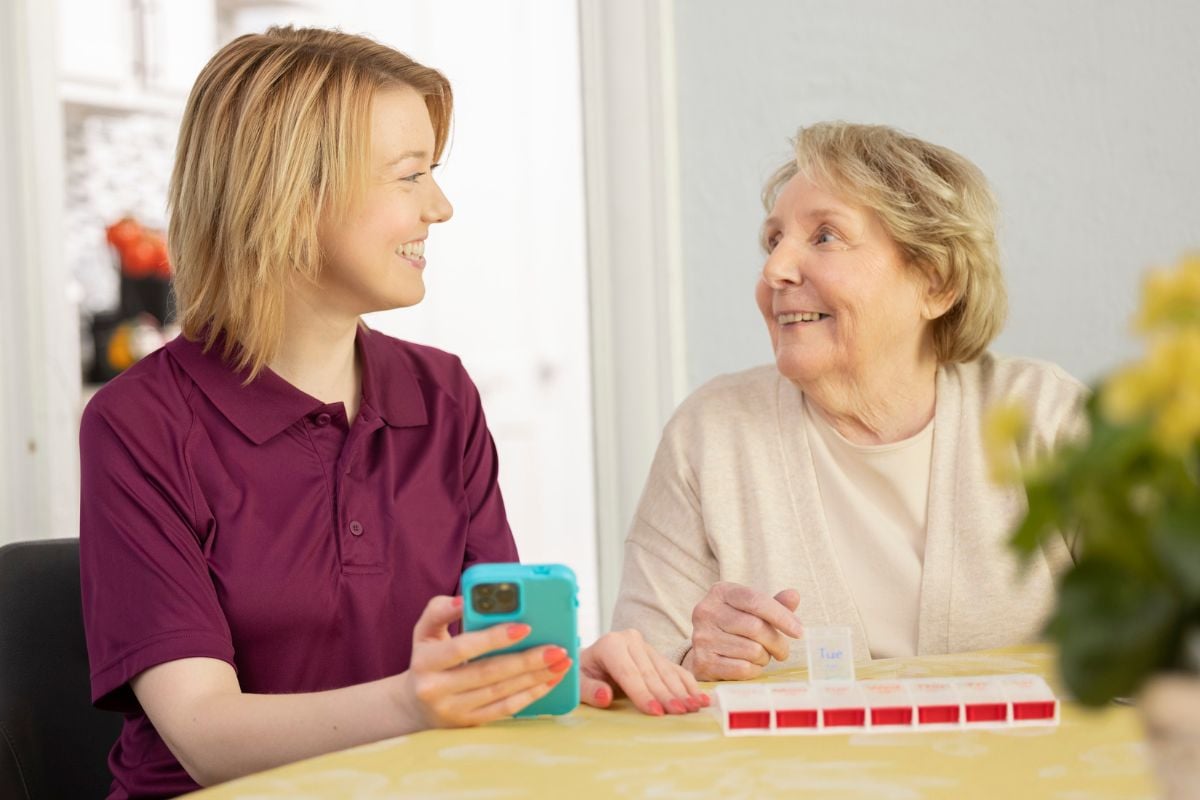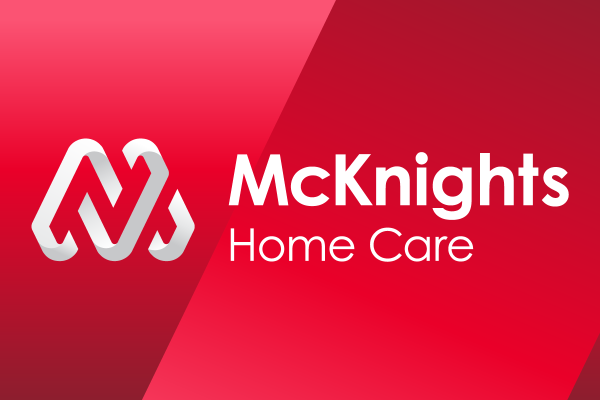Digital health companies raised a stunning $29.1 billion in venture funding 2021. It’s stunning because healthcare has traditionally been slower to embrace and adopt digital innovation. A silver lining of a global pandemic was faster mobilization of this and other industries to adapt to an even faster changing market. And health tech companies like the one I co-founded, Honor, are benefiting from this new openness to the digital age.
As the world emerges from that pandemic—or at least, better manages it—funding for digital health is still significant, but has definitely slowed down. So it’s more important than ever that companies stay vigilant and strategic about the technology they’re building and the experiences they’re creating as they enter or continue to innovate in this field.
One of the hardest things to pull off in digital health—and the one companies absolutely have to get right to succeed—is balancing the tech experience with the human experience. We can’t ever forget that healthcare is deeply personal. Human touch and human connection often play a significant role in health outcomes. So when the scales tip too far toward the tech experience, the care you’re trying to provide can suffer, if it’s embraced at all.
At the same time, we’re seeing a shortage of care providers across all healthcare fields, just as the baby boomer generation is nearing or in post-retirement. Unless we can harness technology to scale care, who will care for them? Who will care for us?
To solve these challenges and succeed in the digital health space, there are five important questions companies need to ask themselves as they develop their tech-supported human experiences. Let’s take a look at them and some examples of how their answers can make all the difference.
1. Is your tech solving a real problem?
Assuming you can automate your way through certain healthcare processes puts the cart before the horse. First you need to take the time to deeply understand why and how the work has been done traditionally. Only then can you fully map the landscape of what the real and most important problems are that need to be solved.
At Honor, we started by offering our own home care services much like traditional agencies, with spreadsheets and manual processes. Our biggest advantage was that we were learning exponentially faster because we were aggregating data, extracting insights, and turning those insights into iterative changes. From there, we could apply a systems view and better understand what parts we could automate and how. Unless it’s solving real problems, even the slickest technology won’t succeed.
2. Are your tech solutions coming from a place of empathy?
Again, assumptions tend to lead you down a dead end road. In this case, assuming you understand your users’ mindset, ability, or willingness to engage with your technology often sets them up for a bad experience. It can even keep them from ever discovering the experience in the first place.
All of Honor’s founders come from non-health care industries. And one of the biggest traps we could’ve fallen into was assuming that user patterns and experiences we were accustomed to would be the right ones. We had to constantly question whether we were drawing incorrect conclusions from our data based on ill-informed intuitions. Because care is so personal, we needed to understand at a much deeper level the motivations and behaviors of our Clients and caregivers—we call ours Care Professionals, or Care Pros, for short—to actually be able to deliver on expectations of quality.
3. Are you overly focused on tech and automation rather than the user experience?
Tech for tech’s sake doesn’t tend to work very well. When you’re thinking about introducing a tech interface to your clients, the first question to ask is if the product is actually adding value. And is that value additive within their existing, day-to-day life? One of the stigmas of pairing older adults with technology is that it’s too foreign, it’s too difficult, it’s too complicated. However, microwave ovens, TV remotes, and cars are technology. But they fit seamlessly in the lives of older adults.
Some tech companies have tried to develop overly simplified tablets or mobile devices specific to the senior market. Often they’ve failed because they rotate too hard on simplifying the technology rather than providing user value. As a counterexample, the Apple watch has arguably been more successful with aging adults than we might’ve anticipated. Many of them are already used to looking at a watch for the time of day. Now this familiar routine can provide them with even more valuable information and tools.
4. Did you do the work to understand where it’s appropriate to use tech and where you need to lean in harder on people?
Most human brains are good at taking in a lot of stimulus and signals from others, integrating them, and figuring out the best way to respond. This comes in especially handy in healthcare, where every patient experience is unique and highly nuanced. As humans, we can interact with each individual patient in a way that makes them feel heard, valued, and understood.
Computers can’t do that. They can only receive a limited set of signals. And the output they create is constrained by those signals. So our interactions with computers are generally limited to solving well-defined problems.
That’s not a bad thing, though. There are a lot of healthcare problems that are very well-defined. For instance, computers can act as an external brain that can remember a vast repository of data and create insights from them. Whereas human brains are biased toward remembering recent data. So it’s harder for a human brain to notice a trend or learn an insight over a longer period of time or within a larger pool of information. Algorithms and data can also force multiply the influence of insights and iterative learning. So others can learn and improve care for more and more people.
5. Are you thinking about scale?
One of the hardest problems for any company, regardless of industry, is scale. How can your solution help not just one group of people, but lots and lots of groups of people? As your business grows, your decision making process changes. Are you adapting fast enough?
Striking the balance between high tech and high touch adds complexity to the scale challenge. You need to develop systems that can serve drastically more customers and bring cost per customer down, while enhancing the human experience. Sometimes this can mean broadening your portfolio of services to serve a wider audience. Or upending traditional service models altogether. Not too long ago, to see a doctor we all had to physically go to a doctor’s office. Even as pandemic fears have eased, providers that don’t offer telehealth appointments are at a disadvantage. In order to scale to meet the increasing demand for care, companies have to constantly re-evaluate assumptions about how care is provided.
There are millions, even billions of people out there who can benefit from—and are ready to embrace—technology as part of their healthcare experience. It’s really the only way we’ll meet the growing demand for care. Society needs more tech companies to innovate, scale, and succeed in all areas of care delivery. If you want your company to be one of the successful ones, keep asking yourself the five questions above, and do the work required to find that sweet spot between high tech and high touch. This is what excites investors. More importantly, this is what will solve the care challenge.
If you're interested in joining, or learning more about Honor's product and engineering team, visit this page.




